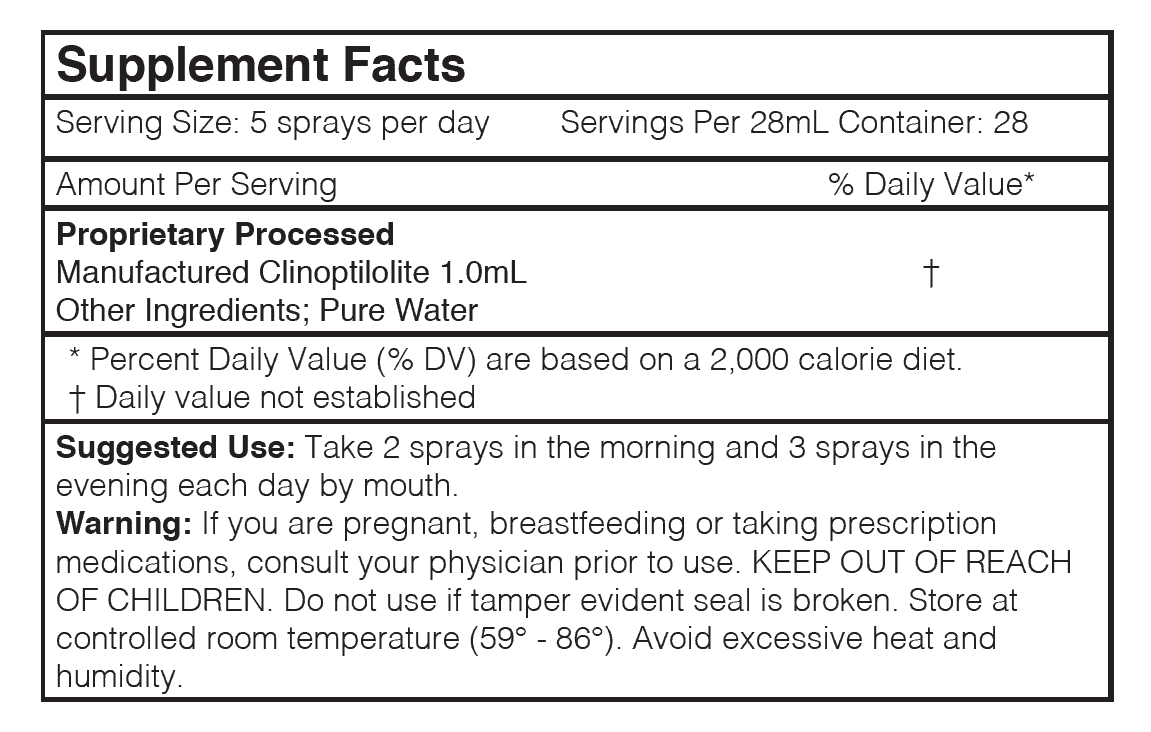
It is possible to get enough vitamin D from foods. However, many women worry about accidental overdose. It is possible for a baby too young or not enough to get vitamin D from sunlight to become deficient. If your child is suffering from vitamin D deficiency, it's important to talk to your healthcare provider.
For as long as you can, avoid direct sunlight. The sun is a great source of vitamin D, but many people avoid it. It is not only dangerous for skin cancer, but it can also lead to premature skin aging. Remember that vitamin D can only be obtained from sunlight. Your baby will also need it. A good option is Zarbee's Naturals Baby Vitamin D Supplement. This product is not contaminated with alcohol or drugs. It is safe to add Zarbee's Naturals to your baby's daily diet.

UpSpring is a gluten-free, pediatrician-recommended vitamin D3 droplet. It can be administered as a single dosage to newborns or mixed with food or breast milk. It can be taken orally and has 400 IU per 0.25 ml. It does not contain any artificial colors or flavors, making it safe for infants. It is not intended to diagnose or treat any disease or condition, so be sure to consult your physician before giving your baby a baby vitamin D supplement.
To prevent skin cancer, you should ensure your baby is getting enough sunlight. During early pregnancy, you can expose your child to sunlight without the need for sunscreen. When your child is older, it is important to increase the amount of time in the sun for them to get enough vitamin D from the sun. Breastfeeding moms should ensure that your baby gets 400 IU of vitamin A daily.
You may be able get vitamin D through the sun, but it isn't safe for your baby. A baby's body does not make enough vitamin D. So, you should take a vitamin D supplement until the child has reached the age of one. You should remember that every child needs vitamin D. Therefore, make sure that you give your baby a vitamin D supplement that is low in sugar.

Even though it sounds complicated, vitamin D drops will make a difference in the vitamin D levels of your baby. Vitamin D is made by your baby's skin. This vitamin is vital to ensure your child's good health. A multivitamin containing 400 IU daily of vitamin D is insufficient. Vitamin D drops should be added to the baby's daily diet if they are still breastfeeders. However, this isn’t always an option.
FAQ
How long does cooking take? What amount of time will it take to master the art?
It depends on the skill level. Some people are able to learn basic cooking skills in a matter of days. Others may take several months or longer to feel competent enough to teach themselves how they cook.
The time it takes to learn how to cook will vary depending on who you are. One example is that someone who has never tried cooking before would likely take more time to learn than someone who cooks often. Certain types of cooking require more skill than others. For instance, baking requires more knowledge than frying.
You should learn a particular technique to improve your cooking speed. You can then move on to the next technique once you have mastered it. You don't need to worry about how many days or weeks it took to learn how to cook. You can just keep at it and enjoy the process.
Where can you find free online cooking courses?
Many websites provide free cooking lessons. You can search YouTube for videos that teach you how to prepare different meals. You can find thousands of recipes on certain websites. These sites usually require you to pay a monthly fee, but you can try them out for free for 30 days.
What's the best way to keep leftovers safe?
Tupperware containers can be used to store leftovers. These containers keep foods fresh and prevent odors from forming. They keep foods warmer for longer. Freezer bags can be used to freeze any leftover food. You can freeze leftover food by placing it in another freezer bag. This will prevent any air from escaping. Once the food is frozen place it in an airtight container, such as a zip lock bag.
How much does a culinary school cost?
Costs for culinary school vary depending on where you live, how long you study and which program you choose. The annual tuition average is between $10,000 and $30,000 Students graduate with approximately $20,000 of debt. However, some programs offer scholarships, grants, and work-study opportunities.
What skills are required to enter a culinary school?
To become a chef, you must be able to cook well, work under pressure, and understand food safety regulations. To learn how cook, enroll in cooking courses at your local high schools or community colleges. After you have learned the basics, you can apply for jobs in a restaurant or catering business.
Do I need to attend culinary school to become a cook?
No. Many chefs started their careers by learning on their own. Some went to culinary school simply to gain experience. However, most chefs prefer to attend culinary school because it gives them more opportunities to learn and grow professionally. Culinary schools offer hands-on training which allows students to improve their skills and knowledge of cooking.
How can you get motivated to cook well?
When you cook with your family and friends, cooking is enjoyable. However, cooking for yourself is much easier than cooking for others. Make something new to get motivated to cook. You'll learn new techniques, and you'll be inspired to cook. Also, you can use recipes from different cultures to expand your culinary knowledge.
Statistics
- The median pay for a chef or head cook is $53,380 per year or $25.66/hour, according to the U.S. Bureau of Labor Statistics (BLS). (learnhowtobecome.org)
- On average, chefs earn $58,740 a year, according to the BLS. - learnhowtobecome.org
- You'll be amazed that over 90% of CIA students receive scholarships and grants to finish their culinary studies. (ischoolconnect.com)
External Links
How To
How to make an omelet that is perfect
Omelets are one of my favorite foods to eat at breakfast. But how do you make them perfectly? There are many recipes and methods I tried, but none worked. So today, I want to share some tips and tricks with you so you can make your own delicious and fluffy omelets every morning.
First, eggs can be very temperamental ingredients for making omelets. They must be fresh, preferably from the organic market, and be kept cold until cooking. They must be kept cool, otherwise the whites will not form properly and the yolks may become runny. This can make your omelets look bizarrely colored. If you want to make omelets right away, it's best not to use eggs that are too cold.
Another tip is to separate the egg before adding it to the pan. You don't want any white to get mixed up with the yolk because this could cause the omelet to curdle.
If you add the egg directly onto the stovetop, you might end up burning the bottom part of the egg, which would ruin the texture of your omelet. Instead, put the egg in the microwave for 10 seconds before putting it into the pan. The microwave heat is sufficient to cook the egg without overcooking.
Let's now talk about mixing eggs. You want to mix the eggs thoroughly before you add them. Turn the bowl upside down and grab the whisk to do this. Next, shake the bowl vigorously. This way, the air inside the bowl gets whipped around and mixes the egg thoroughly.
Now it's time to have fun: pour the milk into the mixture. Mix half of the milk with the eggs. Then fold the eggs in half into the remaining milk. Don't worry if there are still streaks of egg visible; these streaks will disappear once you flip the omelet.
After you have done folding the eggs, heat the pan on medium heat. The oil will start to smoke. When the oil is hot enough, add 1/4 cup butter to the pan. Stir it around until the butter covers the entire pan. Carefully open the pan's lid and add salt to the pan. An additional pinch of salt will prevent the omelet form sticking to your pan.
Cover the pan once you have formed the omelet. Wait for the top to set. Flip the omelet upside down or with a spatula. Cook the other side for another minute or two. Take out the omelet and place it in a bowl.
This recipe works best when you use whole milk.